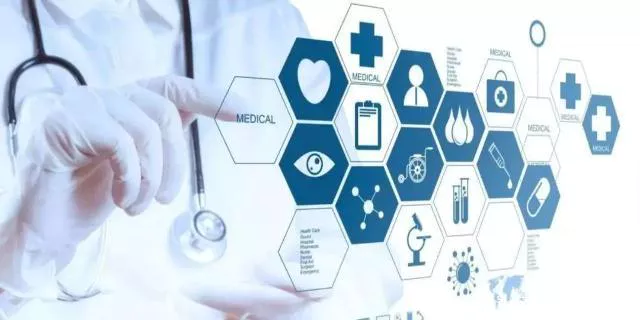



Business Inquiry
Global:
Email:marketing@medicilon.com
+1(781)535-1428(U.S.)
0044 7790 816 954 (Europe)
China:
Email: marketing@medicilon.com.cn
Tel: +86 (21) 5859-1500



After several weeks of discussion and thinking, the European Council finally agreed to adopt a general approach to the proposal of new regulations for medical devices and in vitro diagnostic devices (IVD).
In the EU, the legislative process is that the European Commission (European Commission, EC) proposes a new bill, and then the European Parliament votes on this proposal and its legislative text, and revises the legislative text. Once the vote is passed, the European Council will be responsible The general method of passing the proposal is confirmed, and finally the European Council, the European Commission and the European Parliament hold a tripartite meeting to determine the final legislative text.

In 2012, after conducting extensive rounds of public consultation, the European Commission issued proposals for medical devices and IVD regulations. In the next two years, the European Parliament and the European Commission revised the legislative text several times, and finally passed the revised proposal in April 2014. The industry has generally estimated that the general method of the proposal will not be officially adopted until the end of the term of Latvia’s EU presidency, that is, until June 30, 2014. But unexpectedly, on June 19, 2015, the proposal was formally adopted at the EPSCO meeting of the European Council. Guntis Belēvi?s, President of the European Council, called this move “a decisive step to improve patient safety and enhance Europe’s competitiveness.”
The general method adopted by the Council is basically the same as the method submitted by the European Commission, but more emphasis is placed on the strict supervision of notifying agencies and manufacturers after listing and clinical investigations. The specific performance is: the qualification of the announcement agency and the competent authority’s supervision of the announcement agency will be more stringent, and the announcement agency will have the right to perform unannounced inspections; the manufacturer must form a post-marketing supervision system that matches the risk level of its products, and it must Submit Periodic Safety Updat Reports (PSUR); For high-risk devices, manufacturers need to conduct clinical investigations to prove the safety and effectiveness of the devices. For this reason, the new universal method requires manufacturers to conduct clinical studies The strategy consults the panel of experts and obtains feedback. At the same time, it also sets the criteria and restrictions for clinical investigations, and allows member states to set stricter restrictions on certain behaviors in clinical investigations.
As soon as the general method of the proposal was introduced, the MedTech Group issued a statement welcoming the progress of the European Council, but at the same time also expressed disapproval of certain aspects of the proposal. First of all, MedTech believes that the additional review of the new proposal by the competent authority will burden the company. Secondly, MedTech also opposes the new proposal that allows processors or hospitals to recycle single-use devices, believing that this may endanger the health of patients and may affect the sales of new single-use devices. In the field of IVD, the new proposal allows a five-year transition period before the bill officially takes effect. MedTech is grateful for this, but also believes that the new proposal’s requirements for IVD clinical evidence are too cumbersome and “unsure of the benefits to patients”, And believe that the concept of “companion diagnostics” (companion diagnostics) is too broad, and many simple diagnostic methods will be included in the scope of companion diagnostics.
 Relevant
news
Relevant
news